What is the best way to eat asparagus, how to cook them and links to easy and unique asparagus recipes. History, varieties and some extra facts and tips.
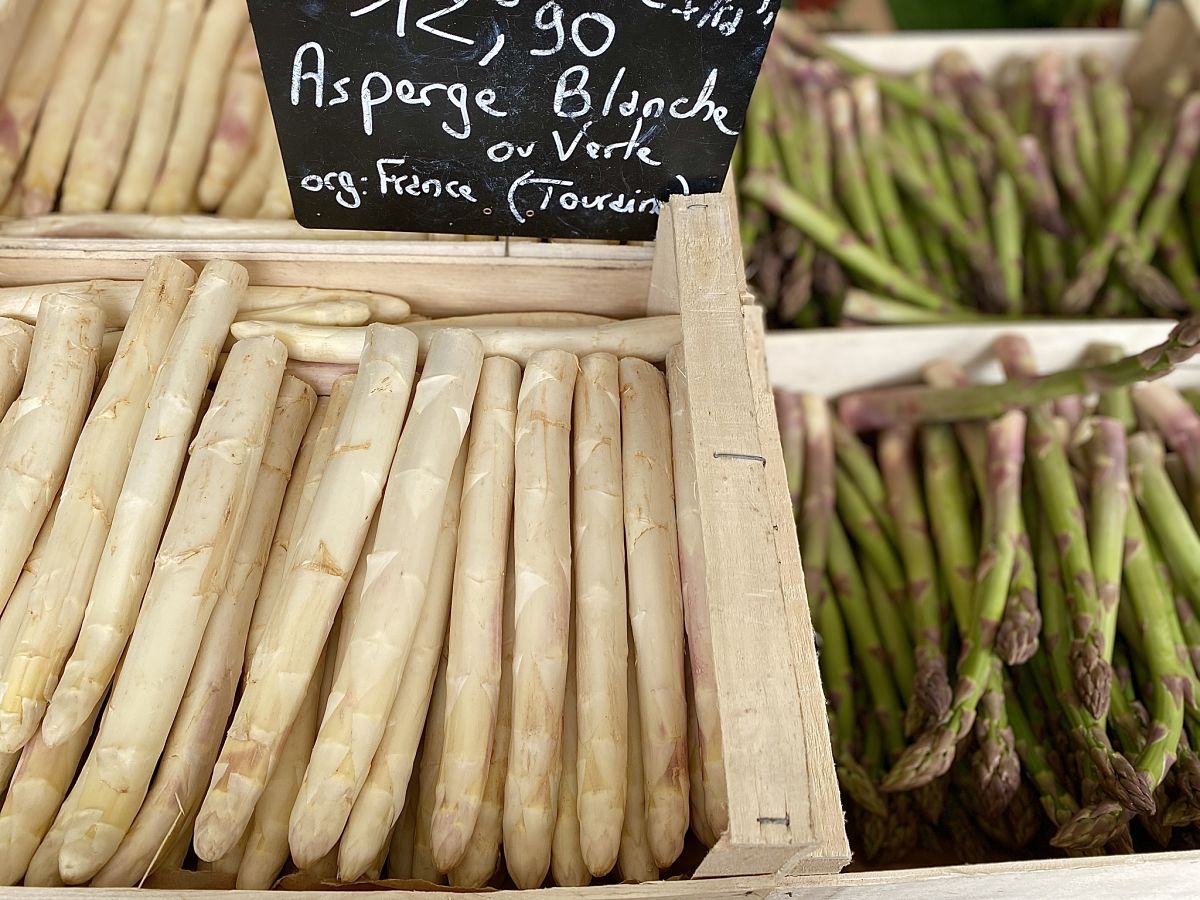
Asparagus Season in France
Asparagus arrives as soon as Spring until as late as the beginning of summer. So peak season lasts a couple of months from mid March to end June.
A Little History of Asperges
The Egyptians, Greeks and Romans already cultivated asparagus around the Mediterranean, and it has been documented in the oldest of cookbooks as a delicacy – even an aphrodisiac.
However, according to the gardeners at the King’s Vegetable garden in Versailles from our regular visits there, it wasn’t until Louis XIV that it became popular in France in the 17th century.
The King adored this most luxurious vegetable. His botanist, La Quintinie grew them at the Potager du Roi in Versailles (the King's Vegetable or Kitchen garden) as of December under shelter. Asparagus then made its way to America in the 19th century.
Asparagus Varieties and How they Grow
Asparagus grow in the earth and can grow as much as 15 centimetres in a day.
There are 3 main varieties today: Green, White, and Purple:
- White (blanche) are more popular in Europe. They are harvested as soon as they push out of the earth with slightly less flavour as a result. Argenteuil is the most famous in France and they’re mainly cultivated in Alsace.
- Purple (violette) are harvested after they push up a few centimetres from the earth (grown in Aquitaine, Charentes & the Loire). They’re much bigger than white, are juicy, and have tons of flavour.
- Green (verte) are picked after about 15 centimetres out of the ground (grown mainly in the Rhone and Loire) and have the most flavour.
How to Choose the Freshest
How to tell if your asparagus is best and at its freshest? The spears should have firm heads – not wet, not dry, not wilted.
How to Keep Asparagus Fresh in the Fridge
Enjoy them fresh on the day or store in the fridge for up to 4 days (ideally 2) at the bottom of the fridge in the vegetable drawer. Wrap the bundle in a humid kitchen towel, heads upwards.
Health Benefits - Why Does my Urine Smell After Eating Asparagus?
According to Aprifel, asparagus is high in Vitamin B9 (folate) and a good source of fibre. What’s more it’s an antioxidant and a good source of beta carotene.
However, are you bothered about asparagus after eating it when going to the loo? It was taboo for too long in our family but finally when we spoke out we realised we’re not the only ones! Urine often smells after eating them and is a secret side-effect that affects many of us (luckily not all!). Some don't even smell it.
When some of us digest, the asparagusic acid releases sulphur compounds. Hence the smell – it’s totally natural and nothing to worry about. We look at it as just a spring clean to the system!
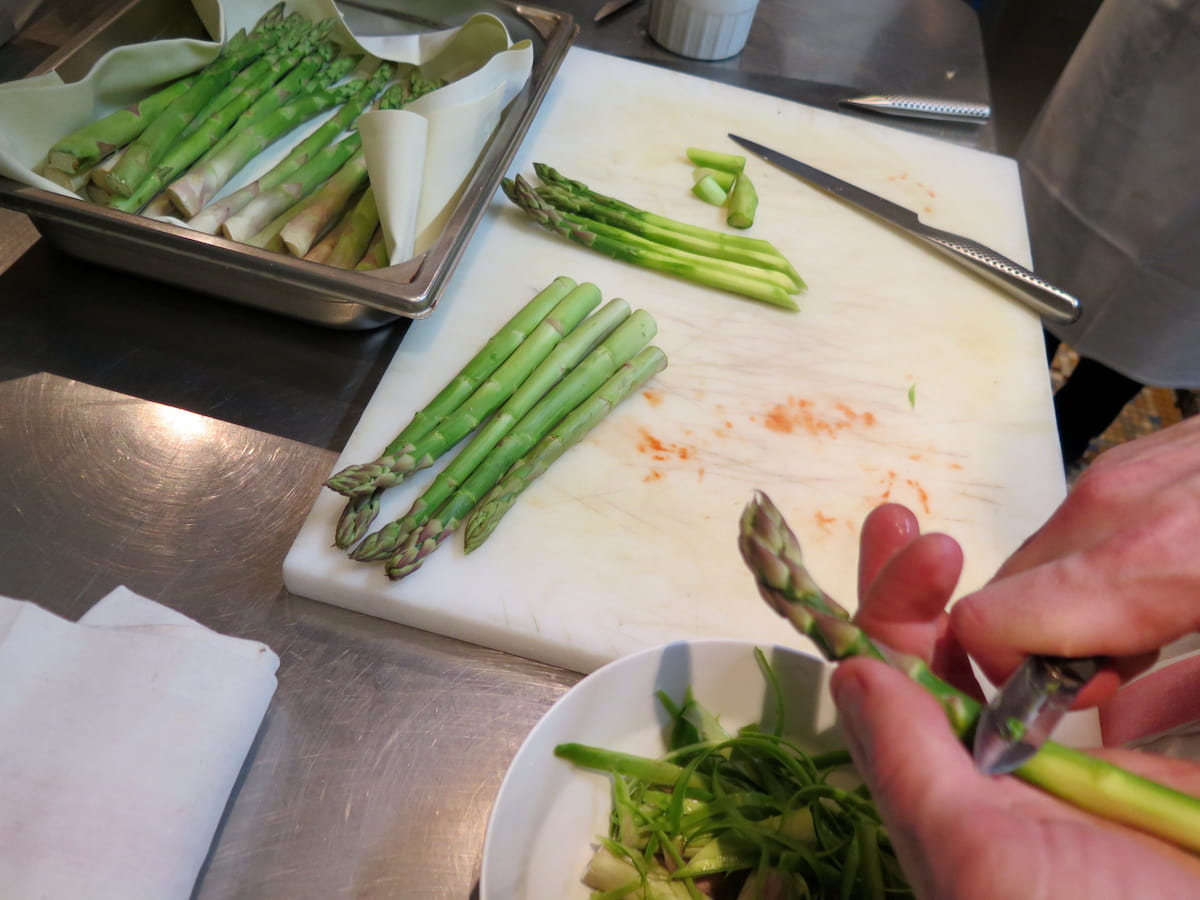
How to Prepare Asparagus
- First cut off the bottom of the spear – a maximum of about ¼ off, where the dry bit ends and the more juicy part looks evident. This is the part of asparagus you should not eat as it’s tough, woody and has no flavour.
How much you cut or snap off depends on the quality of your asparagus. Some are particularly thick and woody at the bottom and need snapped. Others need hardly anything sliced off the bottom.
- Using a sharp knife or peeler, gently trim the peduncles, the little triangles that stick out from the spears, leaving the ones intact at the top.
- This makes them easier to digest. If asparagus is particularly tough or ‘woody’, peel about half way up the spears, although it’s not totally necessary for extremely thin spears – green in particular. White varieties need more peeling and trimming.
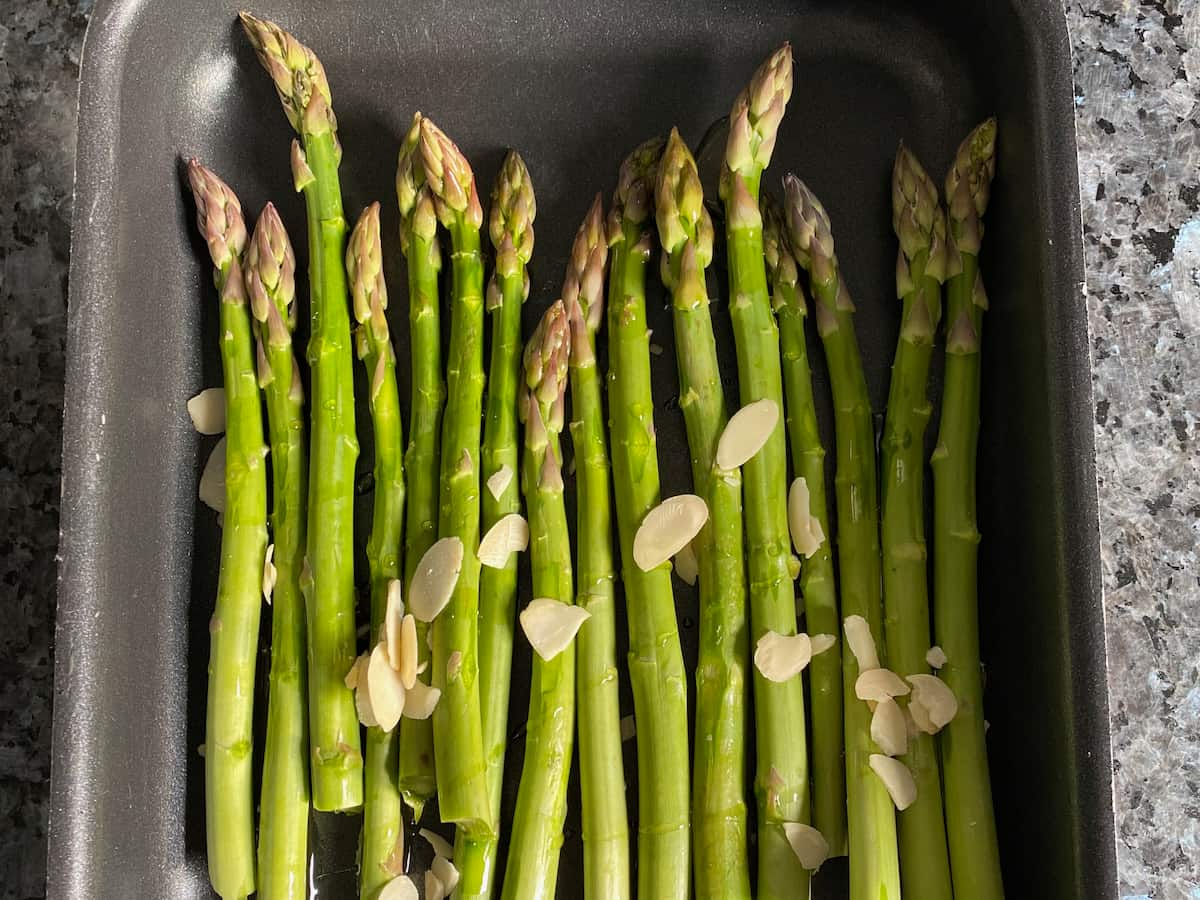
What’s the Healthiest Way to Eat Asparagus?
Asparagus spears can be eaten raw.
Peel thinly to produce shavings and add to a healthy salad of green lettuce – or add to a warm goat cheese salad;
The healthiest way to cook them: as asparagus mainly contains water, French food scientist Raphaël Haumont encourages us to cook them as much as possible in their own water to preserve their healthy vitamin and fibre content.
As a result, this method is totally contrary to the popular way done even amongst chefs. Most who have followed Auguste Escoffier’s traditions cook them in an extra large pan of salted water. Alas, this results often in overcooking and most of the vitamin content is lost.
Instead, to keep as much vitamin content in them, fry raw in a little butter or olive oil and sauté gently with the lid on (to cook in their own steam) for only 4-8 minutes depending on their size. Add a little water if the asparagus are particularly thick so that they don’t dry out. White asparagus, which is usually much thicker, usually needs the longer cooker time.
For a demonstration how to prepare them, see my step-by-step recipe video for Asparagus Clafoutis.
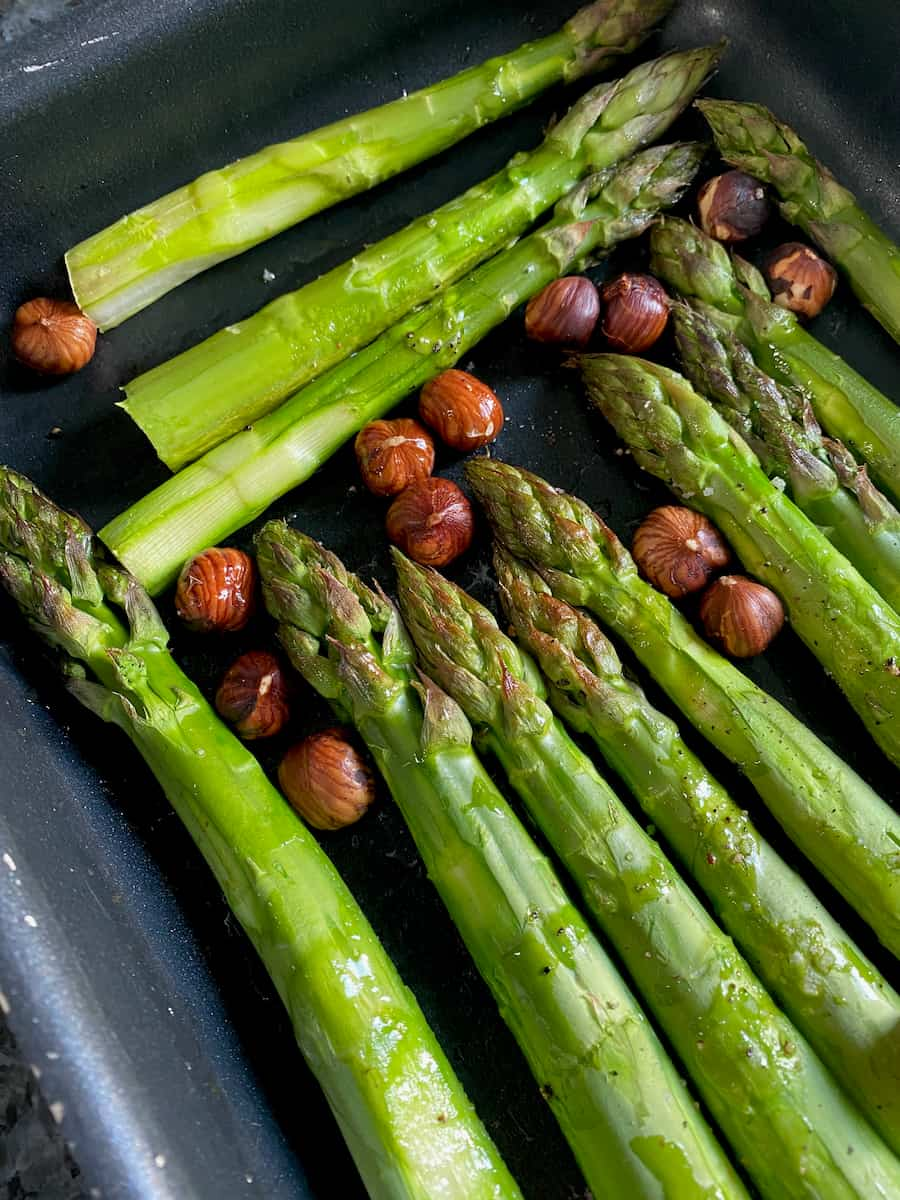
Baked or Roasted Asparagus at 400°F
Baking or oven-roasting is the easiest and quickest way and one of the best ways to enjoy asparagus.
Get my easy recipe for oven-roasted asparagus - with all my tips (pun groan!).
Pan-Fried (Sautéed) Asparagus
Trim the asparagus (as above) and fry over a medium heat with a couple of bacon rashers or simply with a little butter/olive oil for 4-8 minutes, depending on asparagus size. Season to taste and serve immediately.

What to do with Wild Asparagus (Asperge Sauvage)?
Wild Asparagus, properly known as ornithogalum pyrencaicum (asperge des bois), is delicious served cold, tossed in salads and hot as a side to roast chicken, for example or to decorate tarts and pies.
Its taste is more a cross between asparagus, French green beans and peas. They only need brief cooking as the spears are so thin. Boil briefly for a minute or best sautéd in a little butter or olive oil.
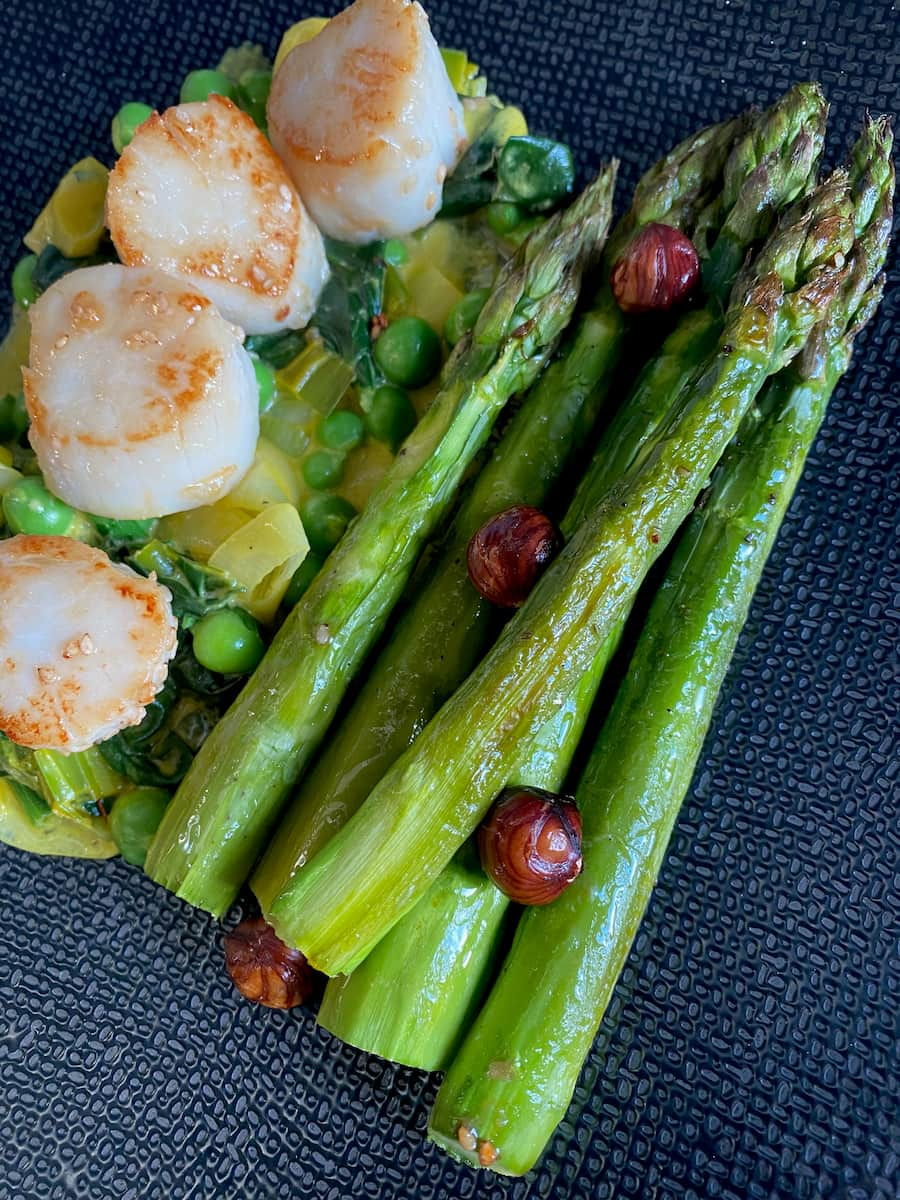
What Goes Best with Asparagus?
All kinds of asparagus are delicious served with the classics below. They don’t go well, however, with vinaigrettes and, as a result, make this difficult to pair with white wines.
So avoid vinaigrette and serve the following with a white Burgundy wine, good Chardonnay or Chenin, for example.
Best serve asparagus with:
- White sauces such as Mayonnaise, Hollandaise, Béarnaise or Beurre Blanc. Also delicious with this parmesan sauce.
- Ideal on its own, sautéed in a little butter and with a little grated fresh Parmesan (Reggiano is best) or oven roasted, served with salmon, chicken and fish.
- Toss into spaghetti, like in this nettle pesto and in a creamy lemon sauce.
- With eggs: great added to scrambled eggs or omelettes – especially this Corsican mint omelette – and dip spears into a runny boiled egg. Divine!
Easy Asparagus Recipes
Here are a few of our favourite recipes using fresh asparagus.
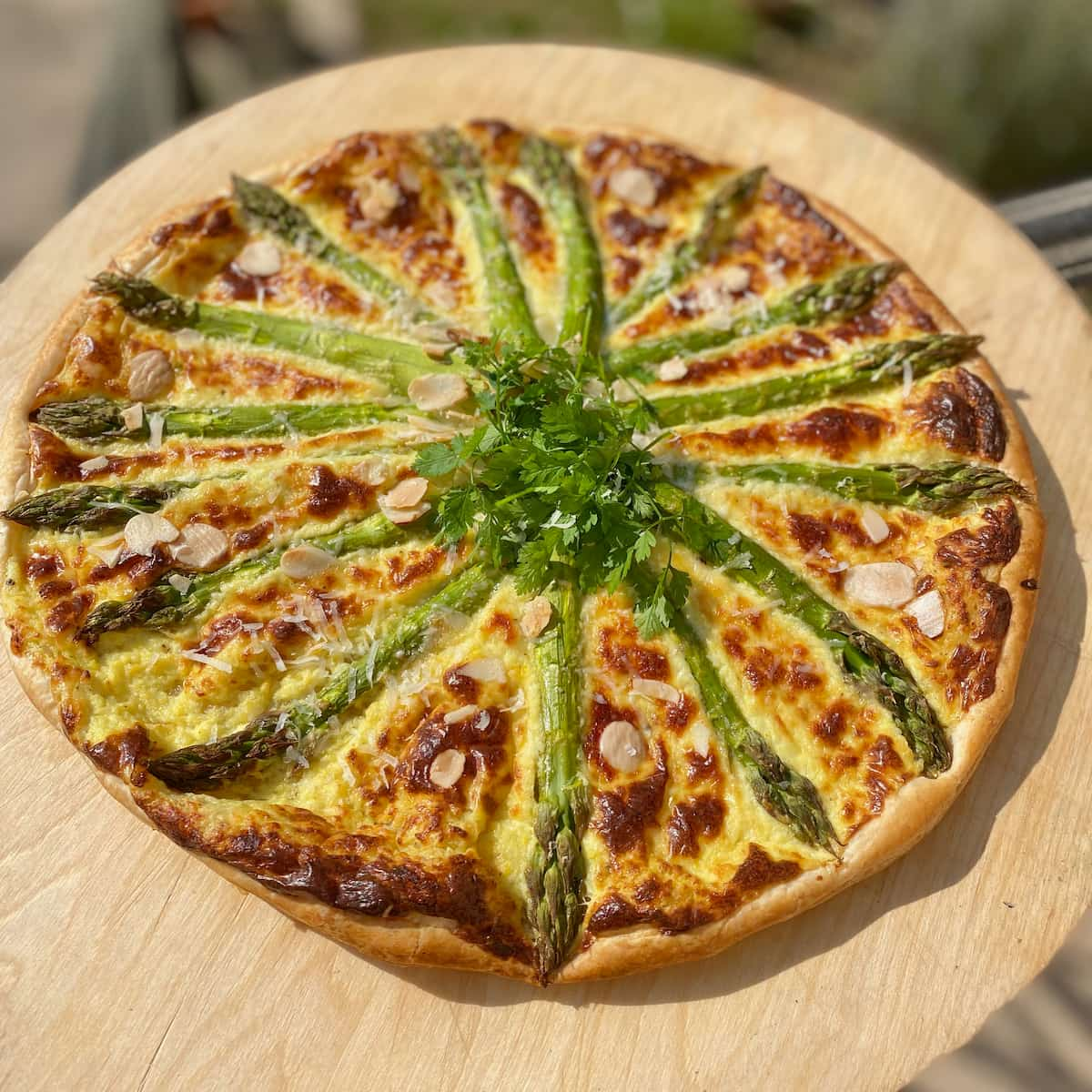
Asparagus Puff Pastry Tart - Quick and easy using ready-made puff pastry. Just top with a parmesan and lemon cream and add halved fresh asparagus spears which roast directly in the oven.
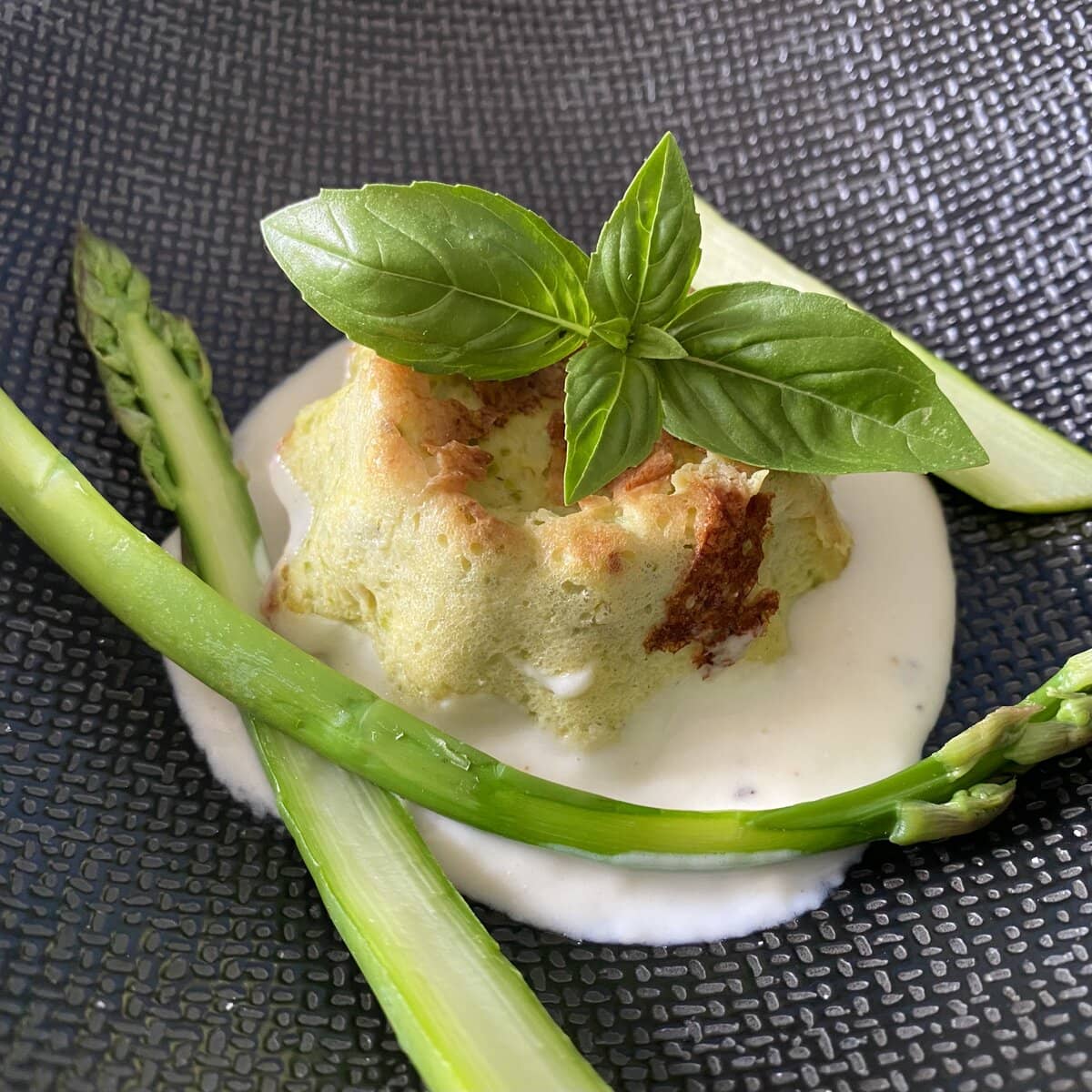
Make a savoury clafoutis! Asparagus Clafoutis with Parmesan Sauce perhaps sounds unusual as a baked savoury custard. But try it with this silky, creamy sauce for a light lunch or starter/appetizer. It's a deliciously different way of serving it.
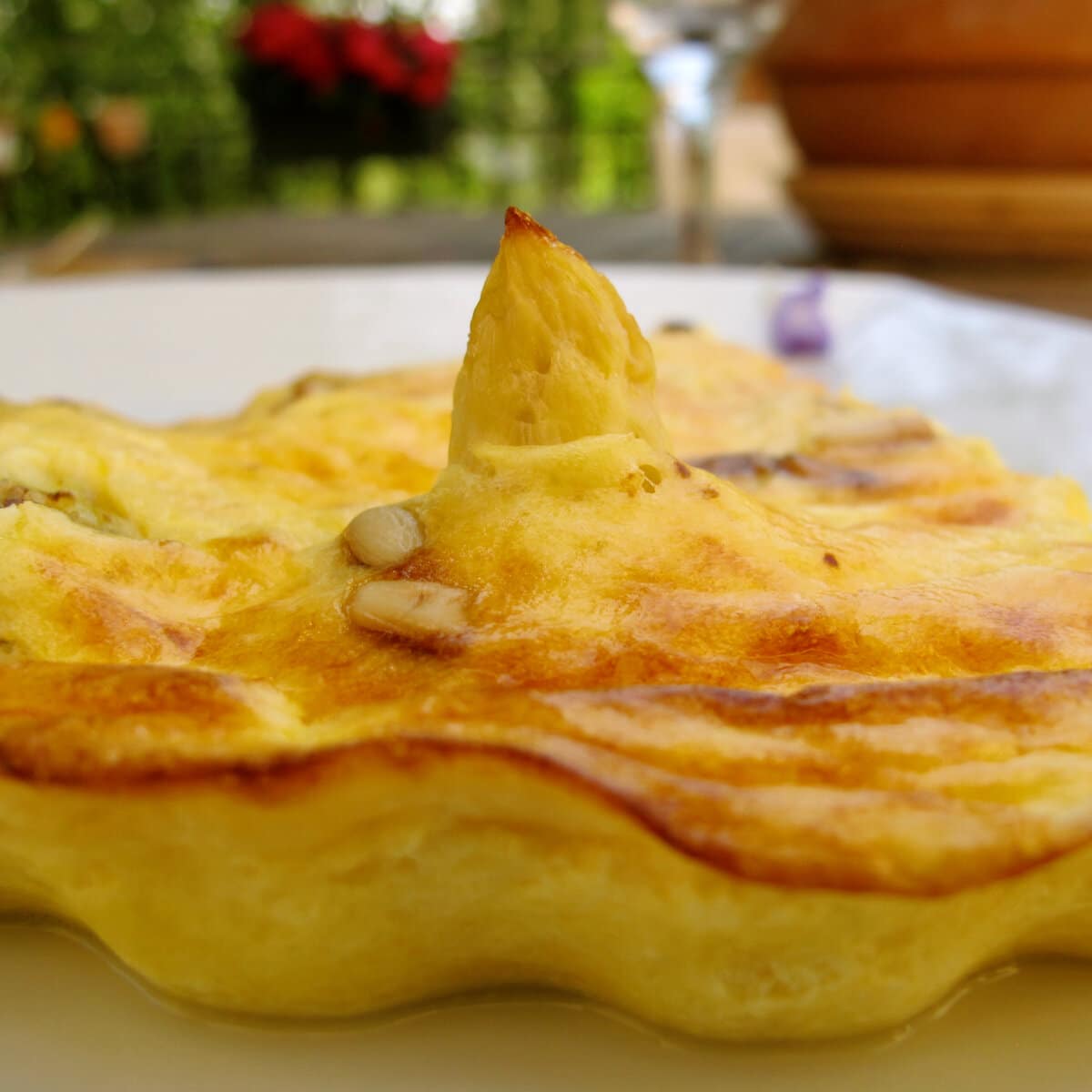
This white asparagus clafoutis recipe is the lighter version without the sauce but with a hint of lemon.
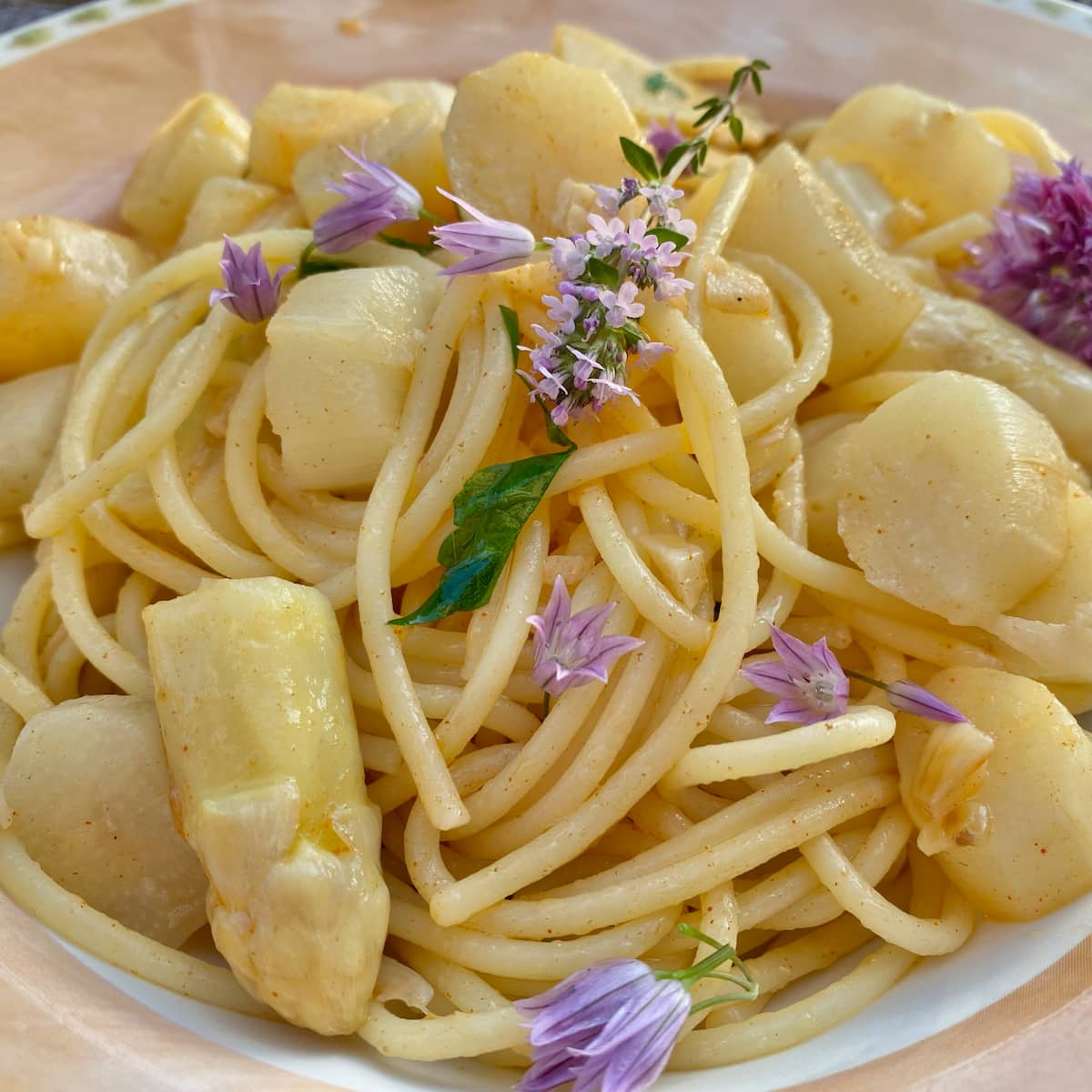
Creamy Lemon Spaghetti with Asparagus - toss roasted asparagus spears into this lemony sauce. It tastes of Spring.
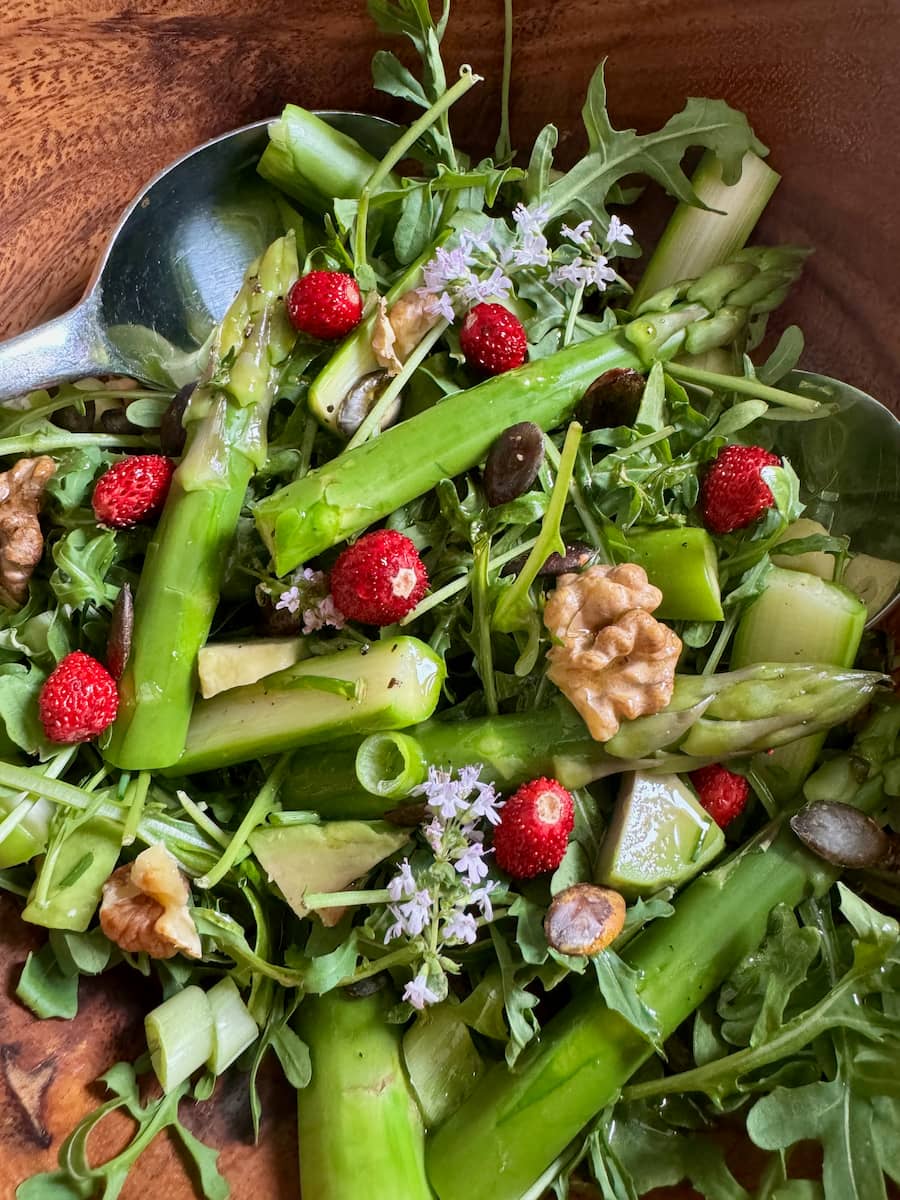
Cook 3-4 spears in simmering water for about 5 minutes, add cold water, drain and dry. Then add to this deliciously simple green salad.
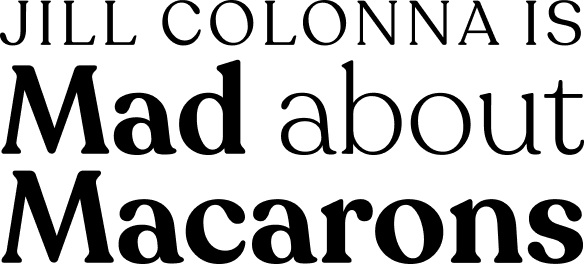


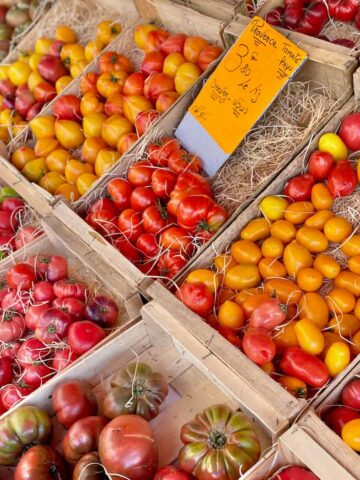
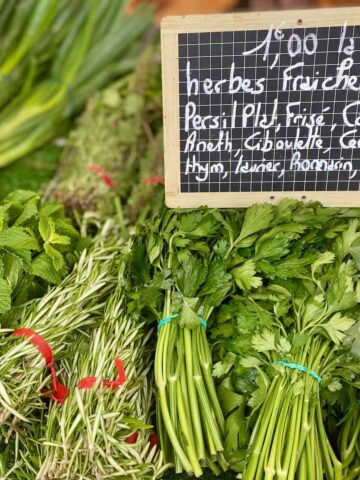
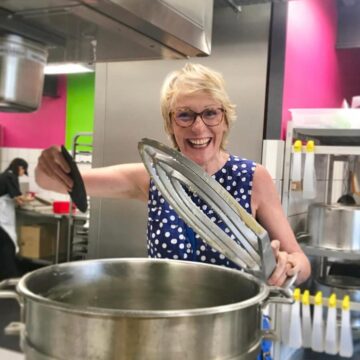
Please leave a comment